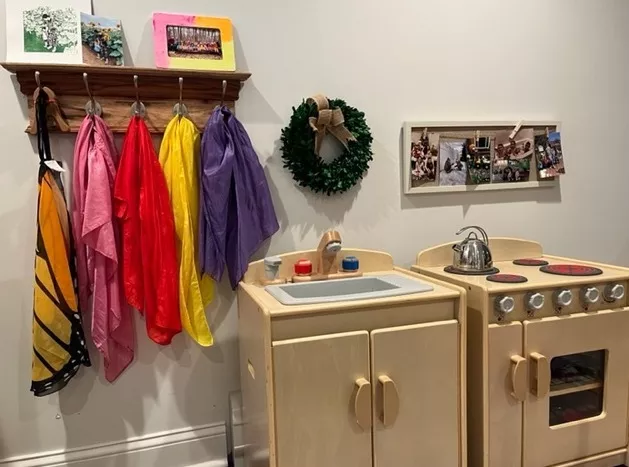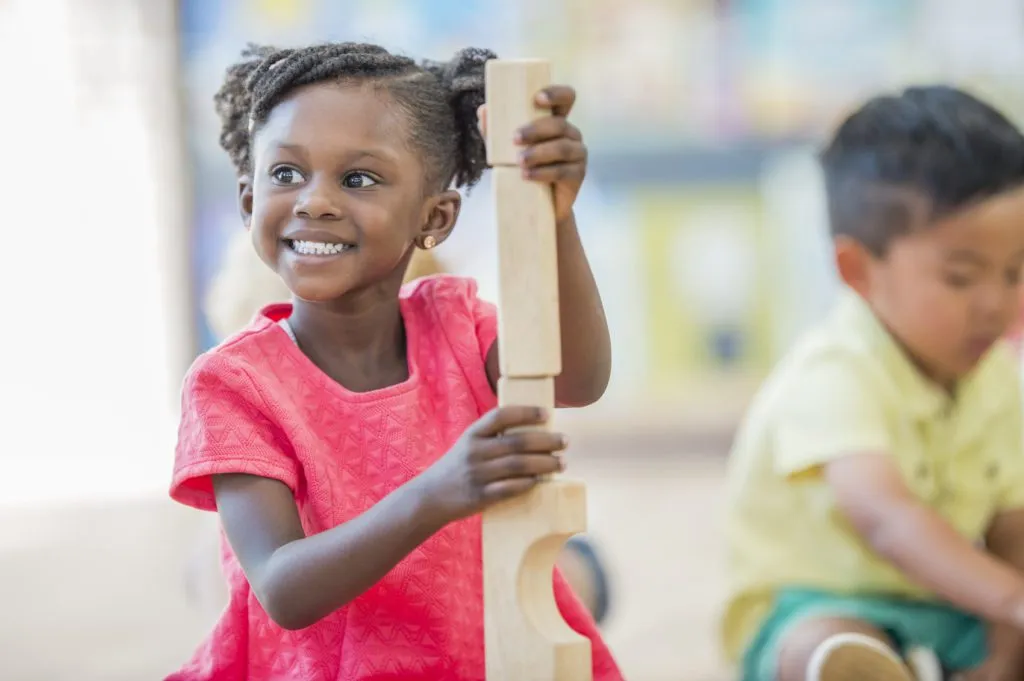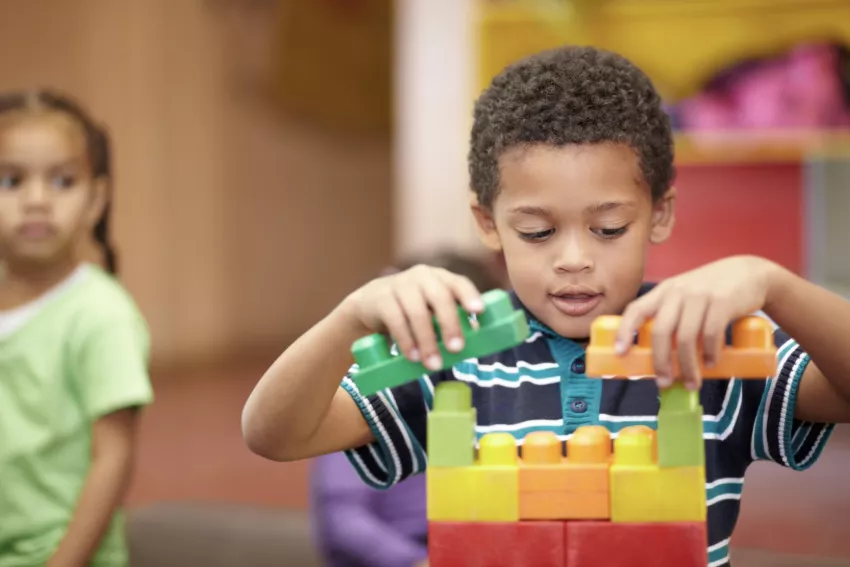Why I Don’t Prioritize “Cute” Anymore

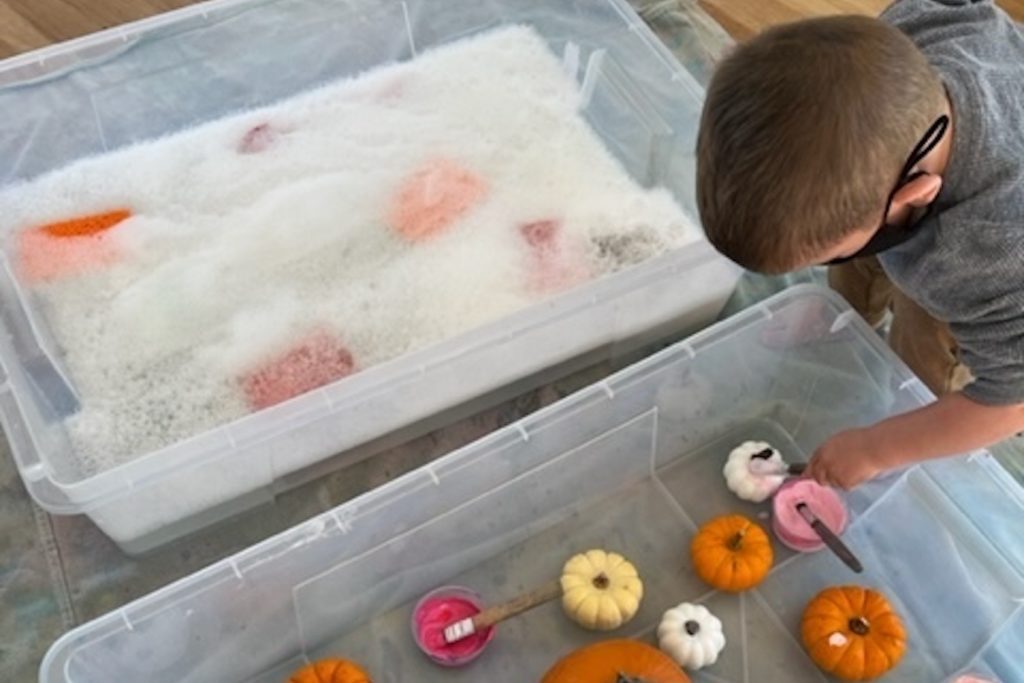
It’s a common refrain when you work with children: “That’s so cute!” In fact, for many years, it was a benchmark to which I aspired. I wanted my classroom to look cute. I wanted my colleagues to note how cute everything always seemed to be down at my end of the hallway. I wanted families to love how cute the children’s work was. I wanted the activities I planned to look cute and sound cute and feel cute and be cute.
The more I worked with children, the more I came to realize that, in and of itself, “cute” is a pretty low bar. Choosing “cute” as your primary goal within an instructional setting sets you up for a journey with little else to recommend it. And “cute,” when reliant more on a child’s ability to copy than to invent, can interfere with their development of creativity and problem-solving abilities.
I realized that when my colleagues who taught older children said that something was “super cute,” it wasn’t much of a compliment. I came to understand that they were comparing what the children in my classroom were doing to what was going on in their own classrooms, which they saw as the hard work of real learning. Although my classroom cuteness may not have inflicted harm, I have come to regret the time and energy spent on trying to create something that provided surface appeal but ultimately lacked depth.
So, if “cute” isn’t a noble end goal in an early childhood classroom, then what is? Here are six descriptors I’ve learned to aim for in my own work and admire in the work of others.

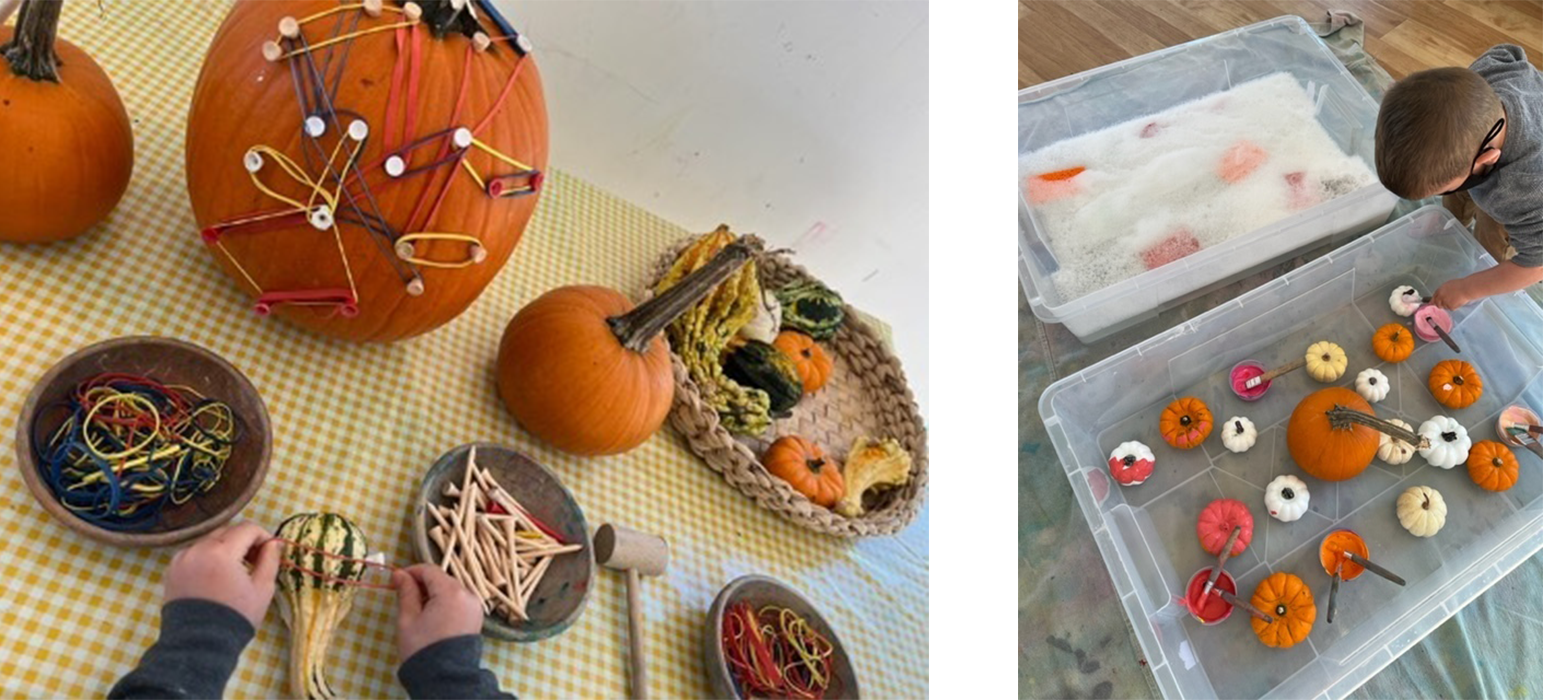
Six Descriptors Worthy of Children’s Time
- Rigorous: Rigorous learning happens when children are offered experiences that are challenging but not frustrating. The Five Little Pumpkins Sitting on a Gate craft I created—and all the students made copies of—was darling. Everybody said so. But what about that project challenged children to think, explore, invent, or explain? The most rigorous thing about it was the math I did to know how many bright orange paper pumpkins I would need to crank out of the die-cut machine (five per child!). Rigor in early childhood is found when the children are working at least as hard and long to figure things out as the teacher is. Our craft-stick fences may have been cute, but a far more rigorous experience would have been asking children to think about what we could create from the boxes our classroom supplies arrived in.
- Relevant: In February 1998, the portraits of then-president Bill Clinton that my students created for President’s Day were downright adorable. But nothing about that activity was relevant to the skills that a five-year-old child needs to manage the social demands of his life, at home or at school. A far more relevant social studies experience at that time of year would have been to explore, discuss, create, chart, tally, draw, or write about some of the ways their lives were affected by the harshest part of our Pennsylvania winter.
- Meaningful: When planning learning experiences for young children, ask yourself “What is the ‘big’ skill this will help them practice that can transfer to other contexts?” Meaningful learning today sets children up for even more meaningful learning tomorrow. The 6 ft. cardboard spaceship we created was supremely cute, but how did it prepare children to understand anything about navigating their own very real, very immediate world? A far more meaningful experience would have been painting murals after studying the “space” around our school and discussing how we could work together to take care of it.
- Interesting: Perhaps the greatest compliment you can bestow upon a learning environment is not “How cute!” but “Wow! The children are really interested in this.” Are the children pursuing answers to interesting, intriguing, and compelling questions? The most complex question they asked during the Five Little Pumpkins activity was “Where does this part go?,” to which my answer was always the same: “It goes there,” as I pointed exactly where so that the product could most resemble the model I had displayed prominently in our Art area. Instead of gluing together replicas of my cute autumn craft, a much more compelling experience would have been for me to work with the children and their families to add some seasonal natural elements to our Art and Discovery areas (Bumpy-skinned and differently colored gourds are so interesting!) to inspire authentic creation, exploration, and shared writing and mathematics activities.
- Deep: Do you know that feeling you get when you realize several hours have passed by without your once checking the clock, simply because you are so deeply engrossed in what you’re working on? That type of experience is called “deep” work, and it is quite different from work that is boring or burdensome. “Deep” work isn’t about gloomy endeavors: we adults often do “deep” work when engaged in our favorite hobbies! In fact, deep work and deep learning—where time flies and we are self-motivated—are often intensely fun. Children can indeed display long-term interest in what adults think of as cute activities, but the processes and products of deep work differ from the merely cute in that they engage children’s problem-solving abilities and ingenuity. Playing dress-up, for example, transforms from the merely cute to deep work when children use sociodramatic play to figure out solutions to social problems, take on unfamiliar roles, or explore imaginary places.
When you offer children extended periods for play using interesting, hands-on materials, you are setting the stage for their engagement in deep work. - Beautiful: To quote my colleagues Sandra Faria and Michelle Salcedo during their webinar on creating a powerful learning environment for children, “Cute is expensive, but beauty is in your backyard.” Yes, nature is beautiful. Childhood is beautiful. Learning is beautiful. Involvement is beautiful. Caring is beautiful. Consider what it says to children when you supply the classroom with colorful, bumpy gourds and a variety of open-ended art materials, as opposed to giving them each a stack of five die-cut paper pumpkins and a few craft sticks. The beautiful classroom transcends artificial cuteness and, instead, embraces and showcases what children are capable of doing, pondering, creating, and becoming.
So, Some Cuteness Is Okay
While I would never say we adults need to completely avoid the “cute” things that children may enjoy doing, I can no longer recommend it as a goal in an early childhood environment. Instead, look for experiences that are rigorous, relevant, meaningful, interesting, deep, and beautiful, and you’ll never again worry about “looking cute.”
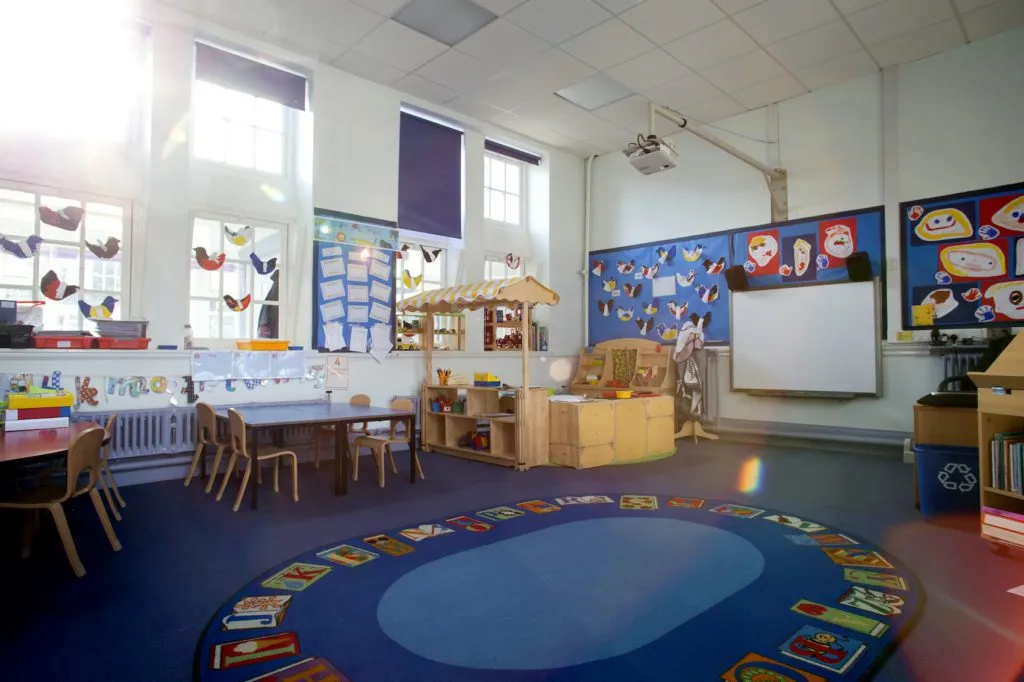
Informed Intentionality: A Webinar Series for Early Childhood Educators
Throughout this four-part webinar series, we will explore the concept of informed intentionality, because though intentionality is essential, it is not enough by itself to ensure the decisions you make will deliver the outcomes you desire.

